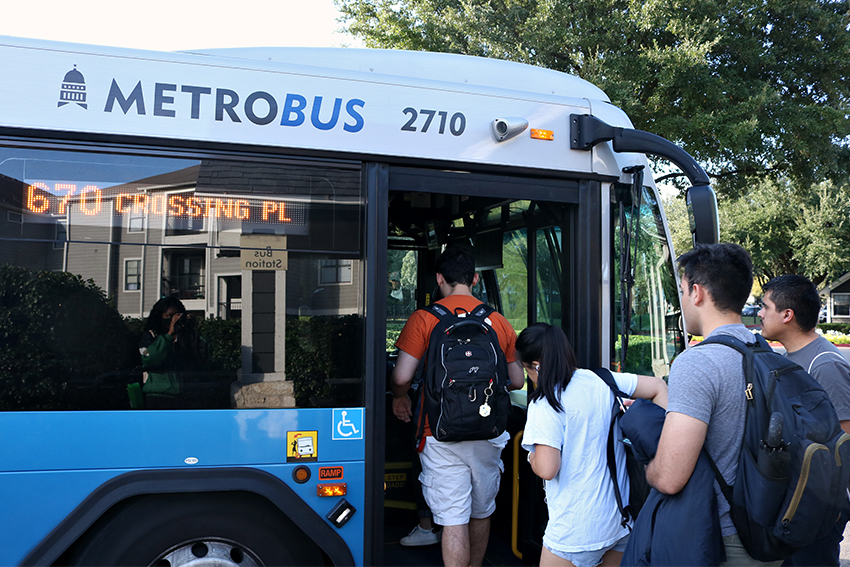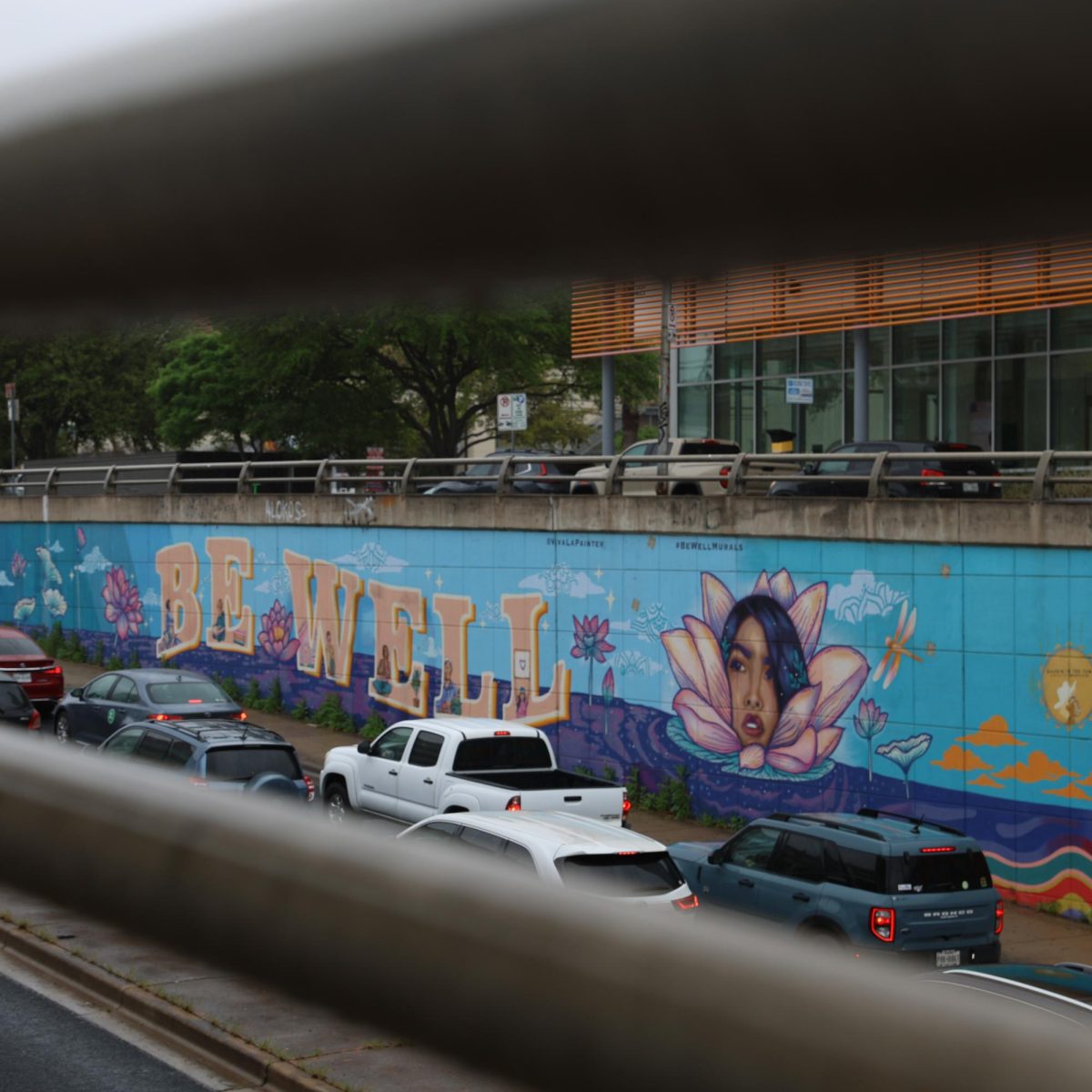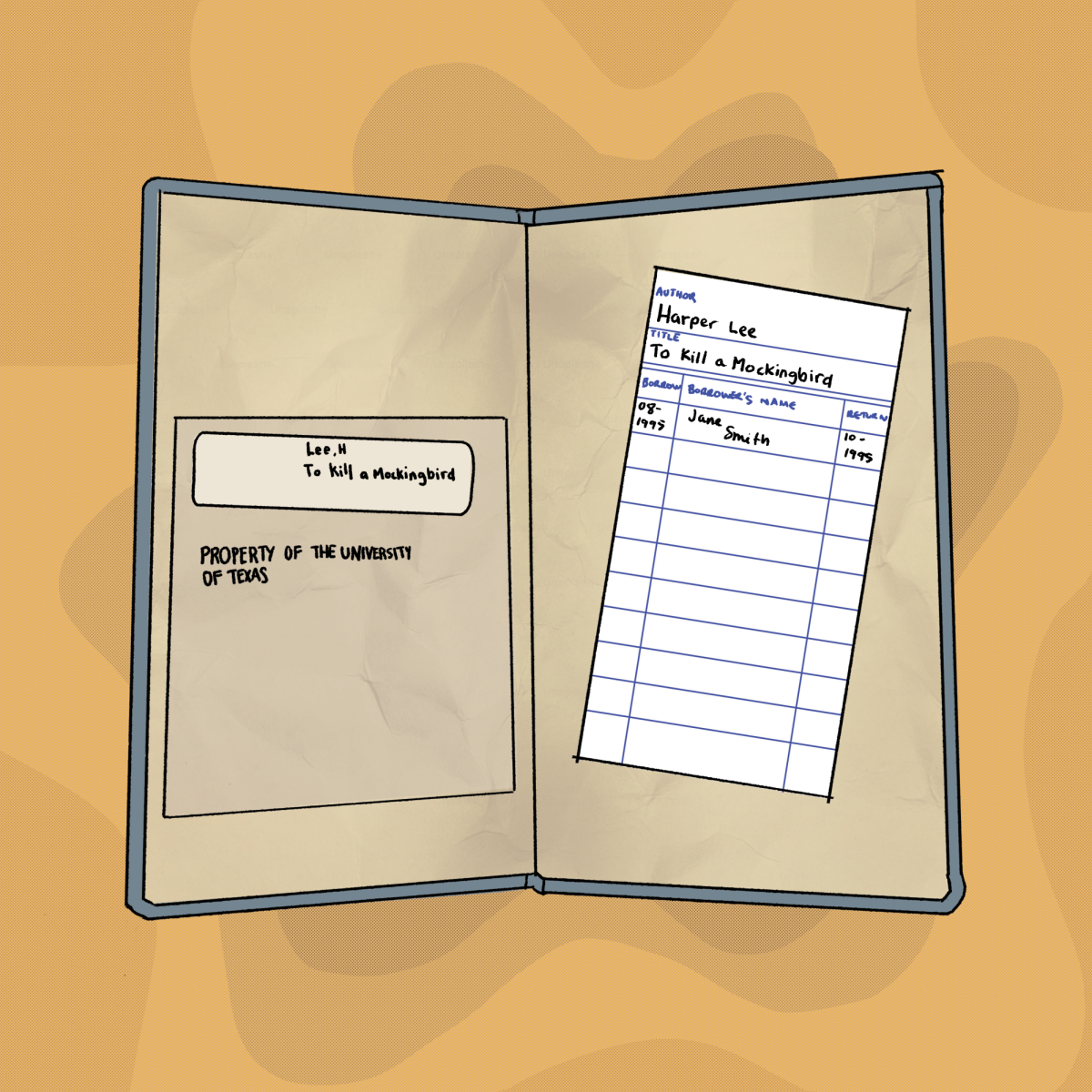Capital Metro added buses to the 670 Riverside route to temporarily solve the overcrowding problem while they come up with a long term solution.
“We’re focused on the 670 right now because that’s where we’ve seen the most immediate need, and then we’re looking at the other routes in addition,” said Lawrence Deeter, principal planner in short range planning at CapMetro.
CapMetro added four buses at 7 a.m., 8:15 a.m., 8:20 a.m. and 10 a.m., and added four in the afternoon at 3:20 p.m., 3:50 p.m., 4:45 p.m. and 5:10 p.m., following similar additions to route 10 in September. They had a team observing the buses and witnessing the problem firsthand, Deeter said.
“Capital Metro is serious about trying to resolve (customer service) issues that our customers are experiencing quicker than just waiting for a service change,” Deeter said.
UT Parking and Transportation Services already pays CapMetro $19.5 million for three years of service, according to data from PTS. Management senior Grace Edwards, who lives in Riverside, said she was more annoyed at the UT shuttles’ overcrowding problem when she learned about UT’s payment to CapMetro.
“We saw $19.5 million and we were like ‘and this is what we freaking get for three years for $19.5 million?’” Edwards said.
Edwards and social work senior Danielle Redhead, also a Riverside resident, attended a recent board meeting with CapMetro to fight for a solution.
Redhead said she feels like CapMetro is focusing on bus 670 because many people are pressuring CapMetro to solve the problem.
“So many people are mad about it, and because there’s been press on it that they’re like, ‘Oh crap,’ like, ’Now we have to acknowledge them and do something to fix it,’” Redhead said.
CapMetro will soon experiment to find permanent solutions for the Riverside buses, but Deeter said he could not reveal any specifics because they are awaiting manager and contractor approval for the tests.
Despite students’ concerns about CapMetro’s service, Deeter said the company is trying to make informed decisions by collecting data, which may result in longer, not shorter, wait times for the customers.
“I’ve literally been dealing with this every single day this week trying to figure out ways to make it better,” Deeter said. “We are on it, and we’re working to improve the customer experience.”





















